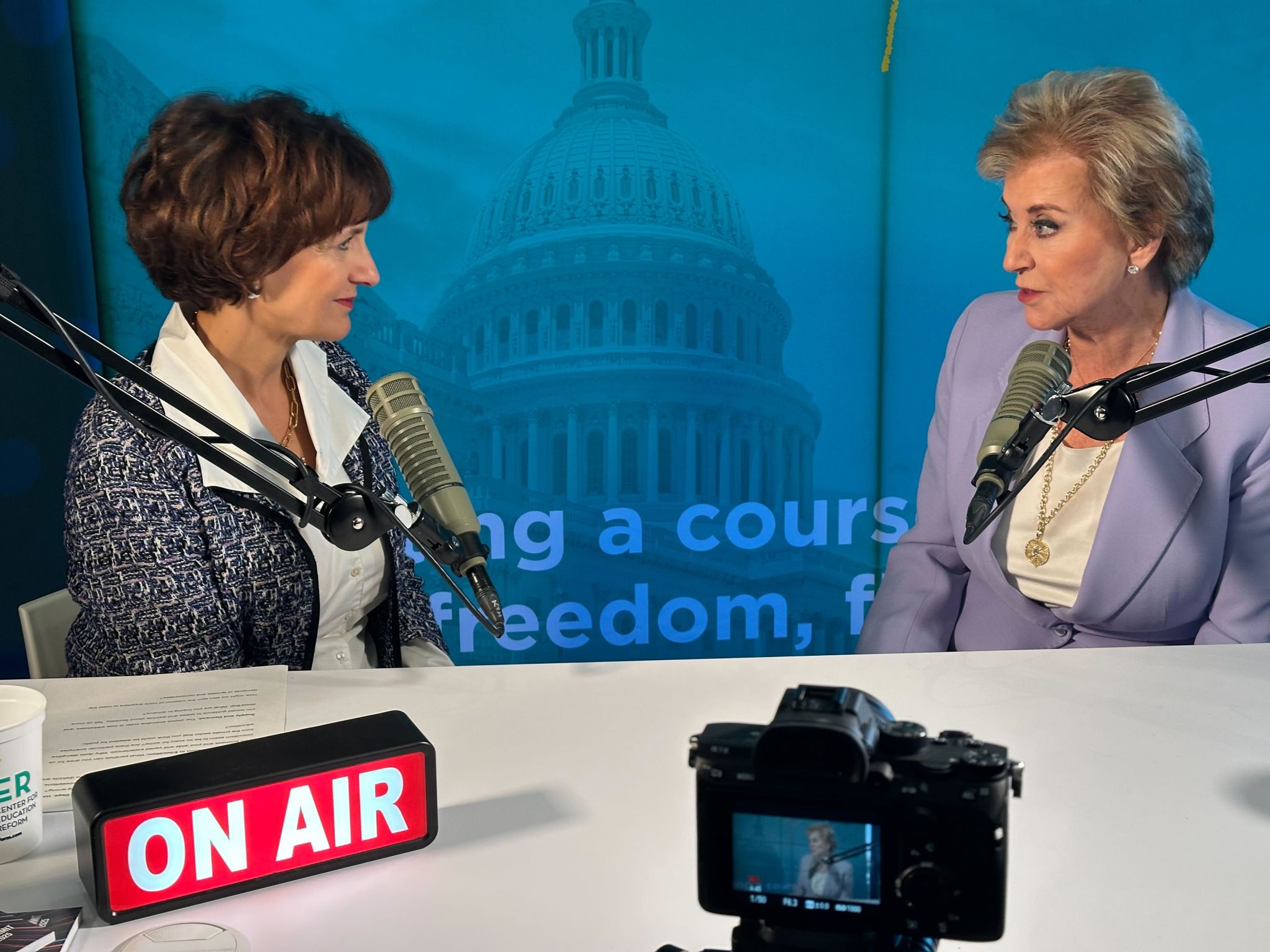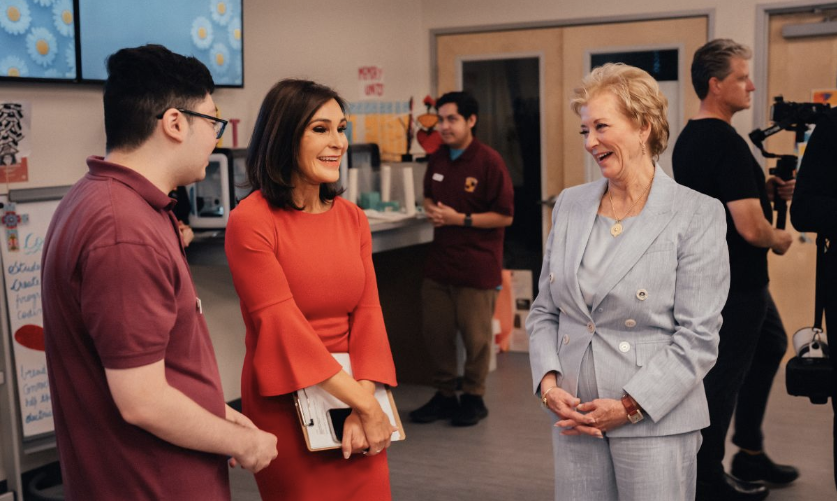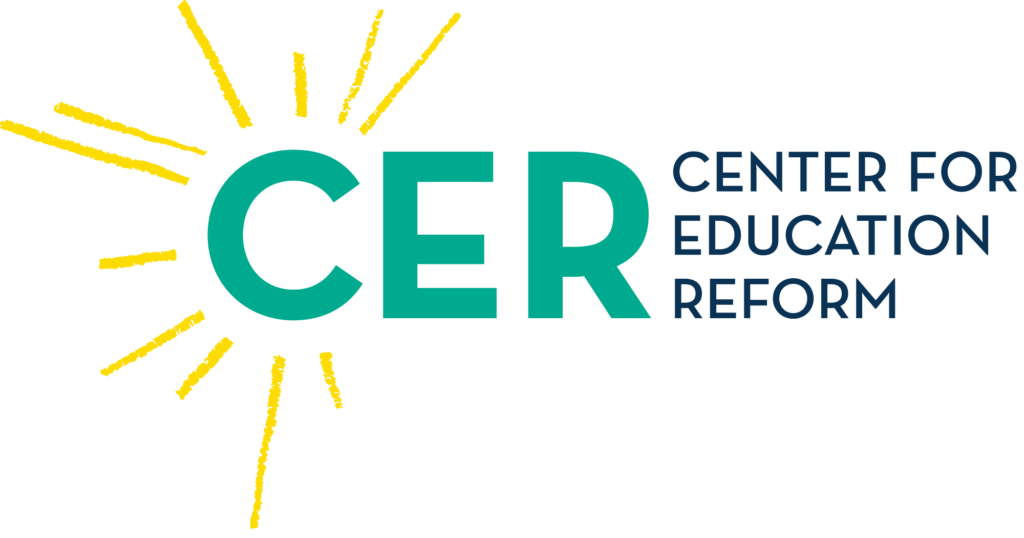
Tackling Bureaucracy in Education. Nearly 47% of educational funding is consumed by regulatory compliance, she says, reducing the effectiveness of teachers and limiting innovation. The Department’s new strategy involves actively dismantling unnecessary regulations and streamlining departmental processes to empower educators and entrepreneurs.
Communicating Policy Clarity. Amid public concern about cuts to vital educational programs, McMahon emphasized the administration’s commitment to sustaining support for initiatives like special education and Pell Grants. She stressed the need for consistent, transparent communication to correct misperceptions and alleviate fears.
Supporting Choice and Best Practices. Although education policy is largely state-driven, McMahon believes the federal government can play a pivotal role in highlighting and disseminating successful educational models. By touring states and evaluating various school types—public, private, charter, and magnet—she aims to inspire competitive improvement and broader adoption of effective practices.
Bridging Workforce and Education. Challenging the false dichotomy between college and vocational paths, McMahon advocates for a hybrid model integrating apprenticeships, dual-credit courses, and industry partnerships. This strategy prepares students for the workforce while allowing them to earn credentials that align with both higher education and skilled trades.
Redefining Student Loan Management. Recognizing inefficiencies in the current student loan system, McMahon is exploring options to transfer oversight from the Department of Education to agencies like the Treasury or the Small Business Administration. These changes aim to improve loan quality, collection, and support for borrowers.

In a recent interview at the ASU+GSV Summit, U.S. Secretary of Education Linda McMahon outlined a vision for federal engagement in education in America. The approach of pushing back power to the states involves rolling back regulations, prioritizing the fusion of education with and for student career ambitions and workforce needs, and fostering innovation and effectiveness across all educational institutions.
Stay in the Loop
Follow along here or on X @edreform for frequent updates on actions from Washington.

